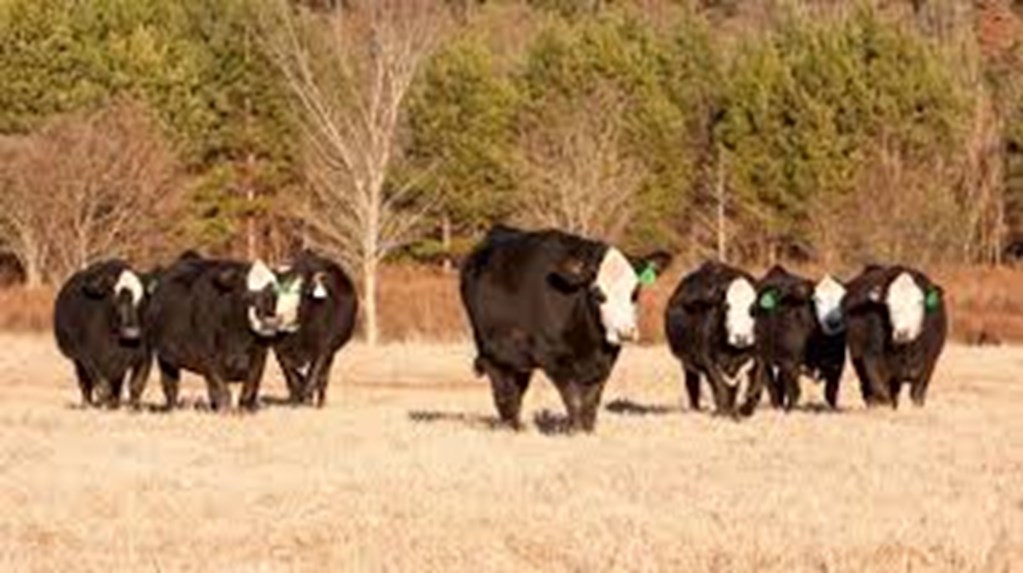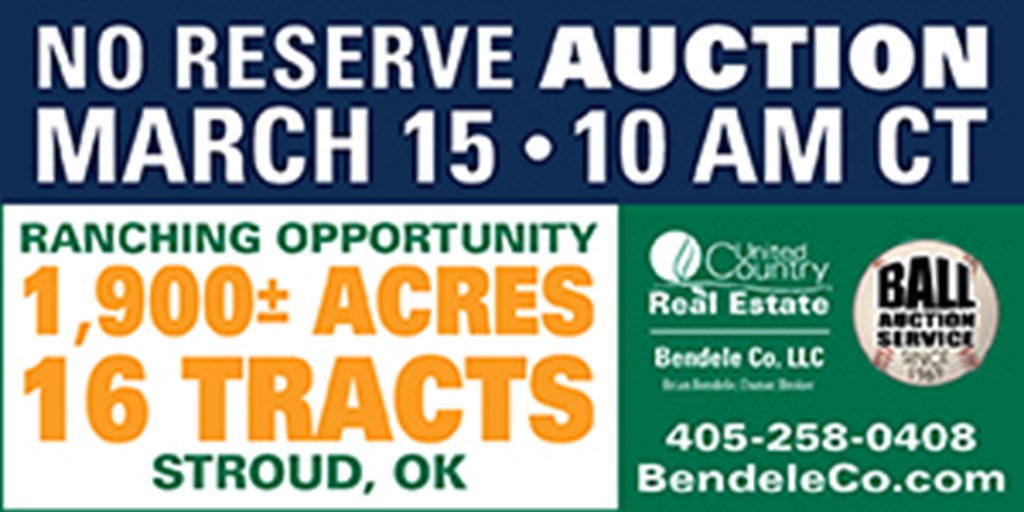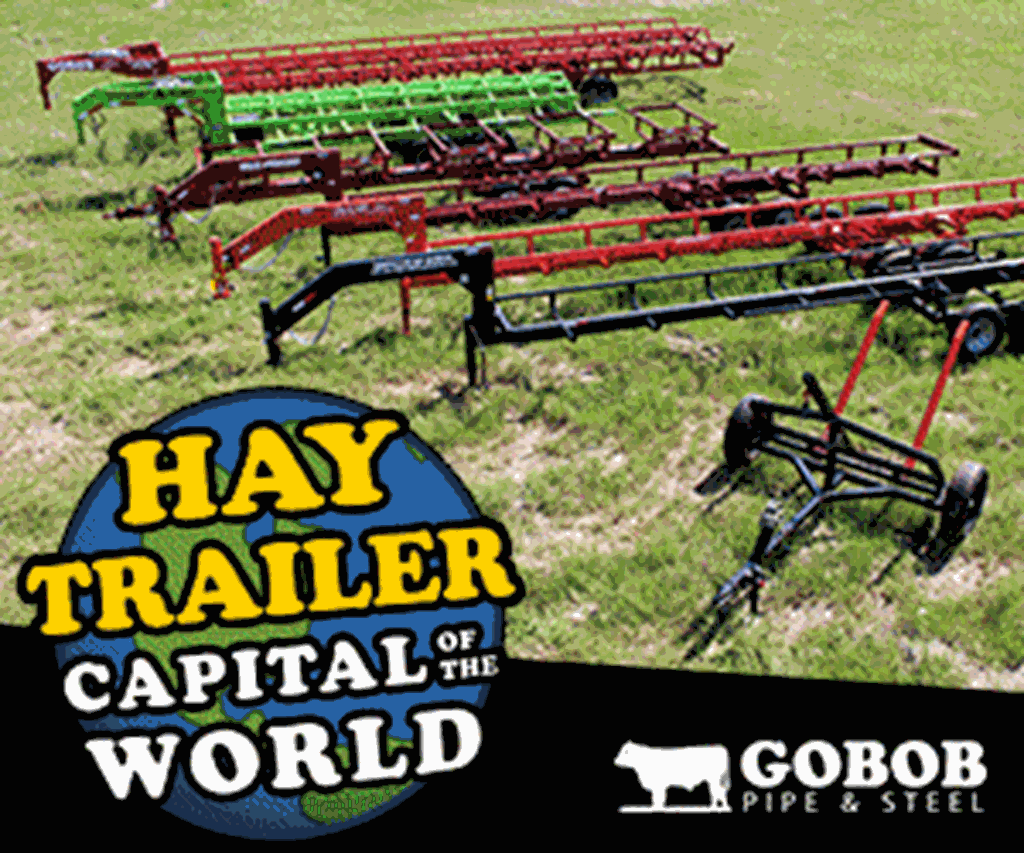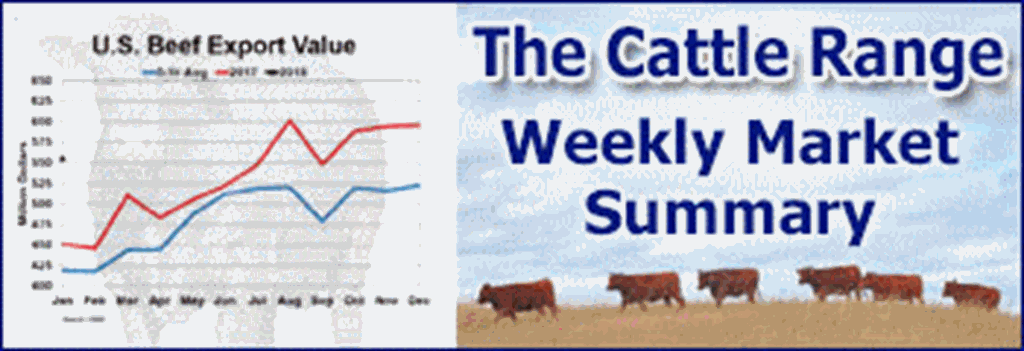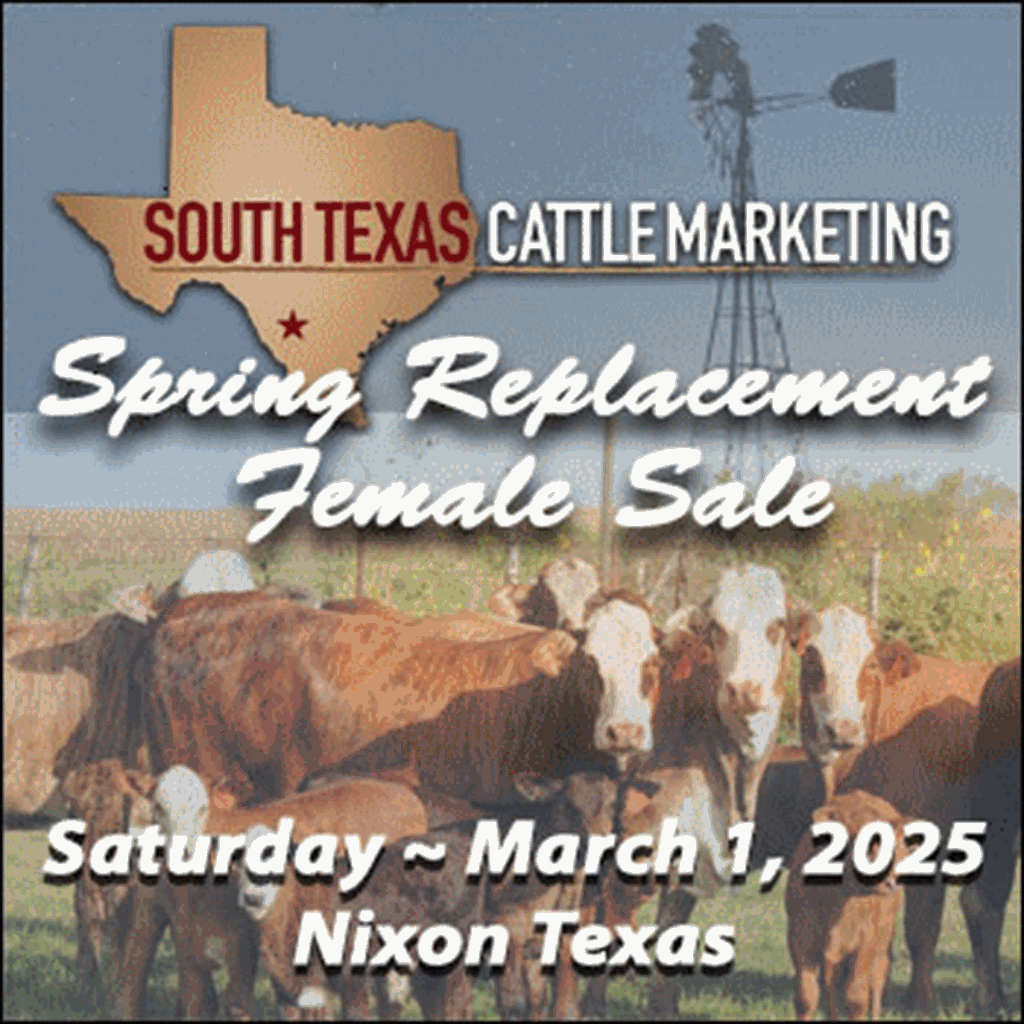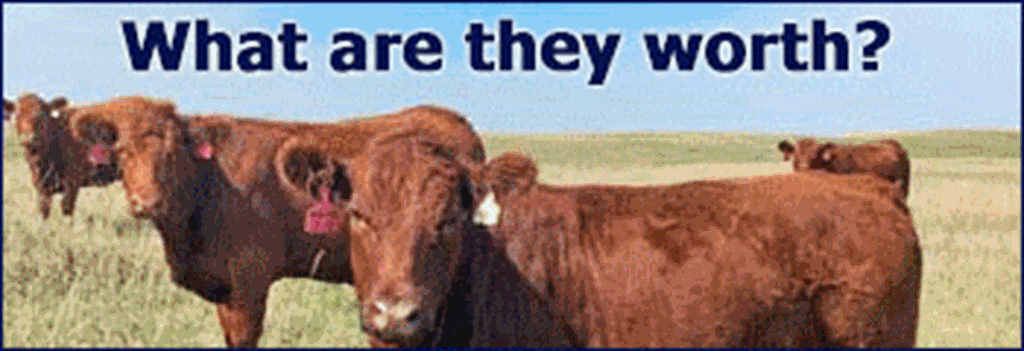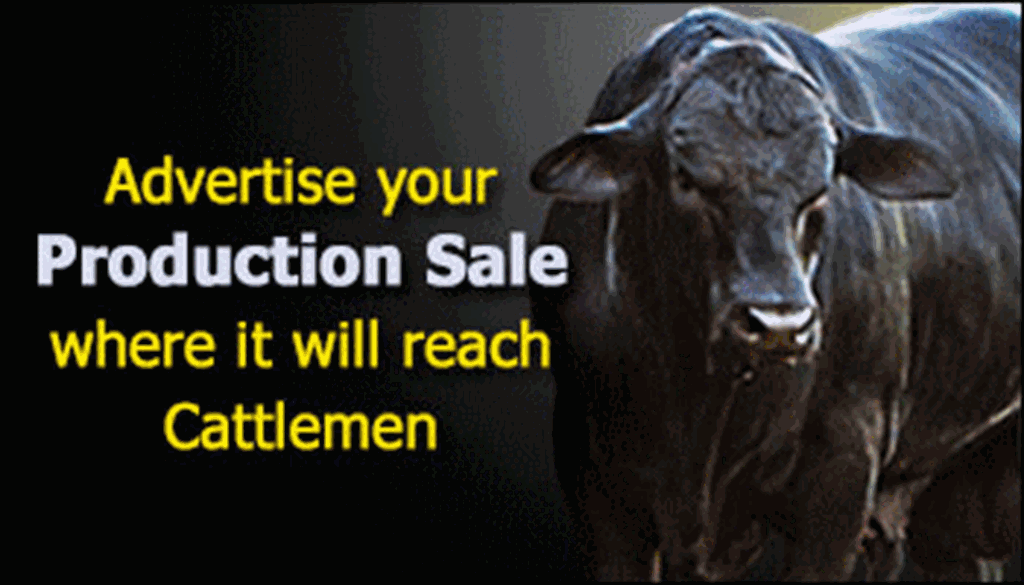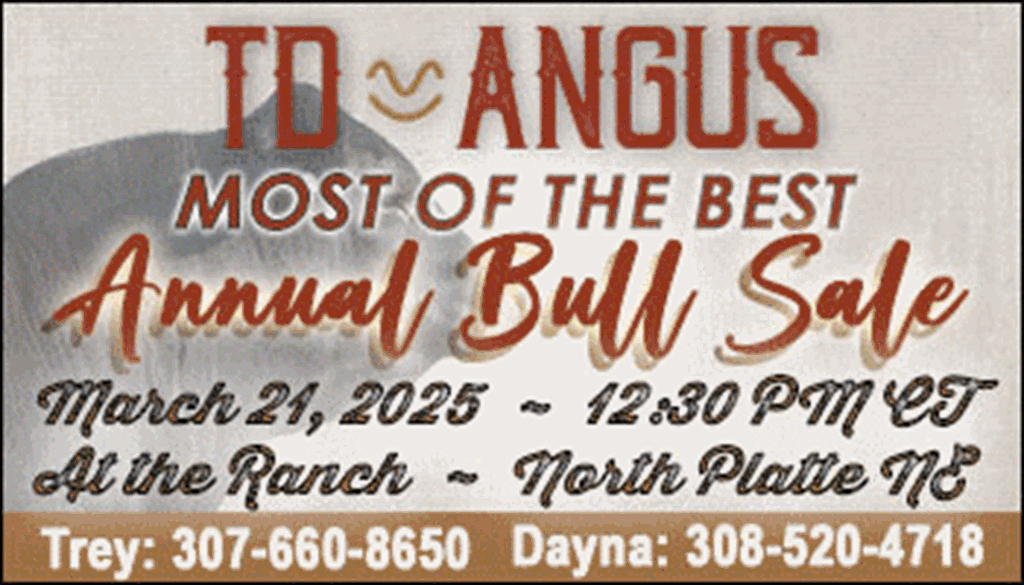What are some of the major differences between 2014 and 2024?
Garth Ruff -- Beef Cattle Field Specialist, Ohio State University Extension
COLUMBUS, Ohio — Opening Day for Major League Baseball was a month ago, and while watching the Cincinnati Reds, I had time to reflect on the winter Extension meeting season. In the last 60 days I have had the opportunity to visit with a number of cattle producers across Ohio and the number one topic of conversation has unsurprisingly been the cattle markets and how to navigate current economics.
As I had one such conversation at the Beef Expo the statement was made that, “2014 was good, I never thought we’d ever see those kinds of prices again.” This got me thinking about some of the major differences between 2014 and 2024.
For reference, in 2014 I was a third-year undergraduate Animal Sciences student and was on the meat judging team at Ohio State. The “good ol’ days,” I reckon. That said, I remember some of the lectures from our beef production course with Drs. Mike Day and Francis Fluharty, a guest lecture or two from John Grimes, and hearing some of the same we are hearing today regarding cattle prices then.
At that time the discussion was about drought and the smallest cow herd since 1962. Sound somewhat familiar? Here recently, out of curiosity, I have taken a deeper dive into the similarities and differences between 2014 and where we are in 2024.
Going back to as early as 2022, I have found articles of analysts making the comparisons between the two cattle cycles, and even though drought and low cow numbers are consistent themes, I am not sure we are looking at déjà vu as some have previously suggested.
We know that the cause for herd reduction coming out of 2011-2012 was drought, however, that drought was much more regional than the one experienced in 2021-2023. Being more regional to Texas, Oklahoma and pockets of the central plains, the earlier drought was severe, but short-lived relative to the more recent drought that gripped the western half of the country for the better part of three years. Therefore, soil moisture and the drought monitor were able to rebound quicker a decade ago. As soil moisture rebounded so did the cow herd up until 2019.
The differences between the 2014 cattle market and today are perhaps easy to overlook with considering changes in the beef industry over the last decade. Fed cattle are significantly heavier. In the first half of 2014, carcass weights averaged 822 pounds compared to the 908-pound average for all of 2023. We have significantly more beef available in the system today than we did a decade ago, to the tune of an estimated 26.19 billion pounds for 2024 compared to 24.25 billion pounds in 2014, according to USDA.
If we remember that 2014 was a high point in the beef industry, 2015 began an increase in the cow herd in those drought-affected regions and cattle prices fell off in the fall of ’15 and by the fall of ’16 the historic high in the cattle cycle was over. This peak appears to be longer lived than the one seen a decade ago.
Not only was the more recent drought wider spread, but current economics do not favor herd expansion. Feeder cattle, and cull cow prices are at record highs. Couple those factors with interest rates that are significantly higher than the 3.33% in 2015 (US Treasury), and keeping heifers becomes a significant, long-term investment.
Look to 2025, at the earliest, before we see cow herd numbers begin to increase. As a cow-calf operator, consider developing a plan for the coming years. Expansion may be part of the plan but there are other ways to consider improving an operation. Now is a great time to invest in handling facilities, genetics and improved grazing systems to improve efficiency or reduce costs.
With additional revenue, a cow-calf operation should keep the long game in mind. Hitting a few base hits in the next year or two can be just as effective (and often less risky) than swinging for the fences and potentially striking out.
